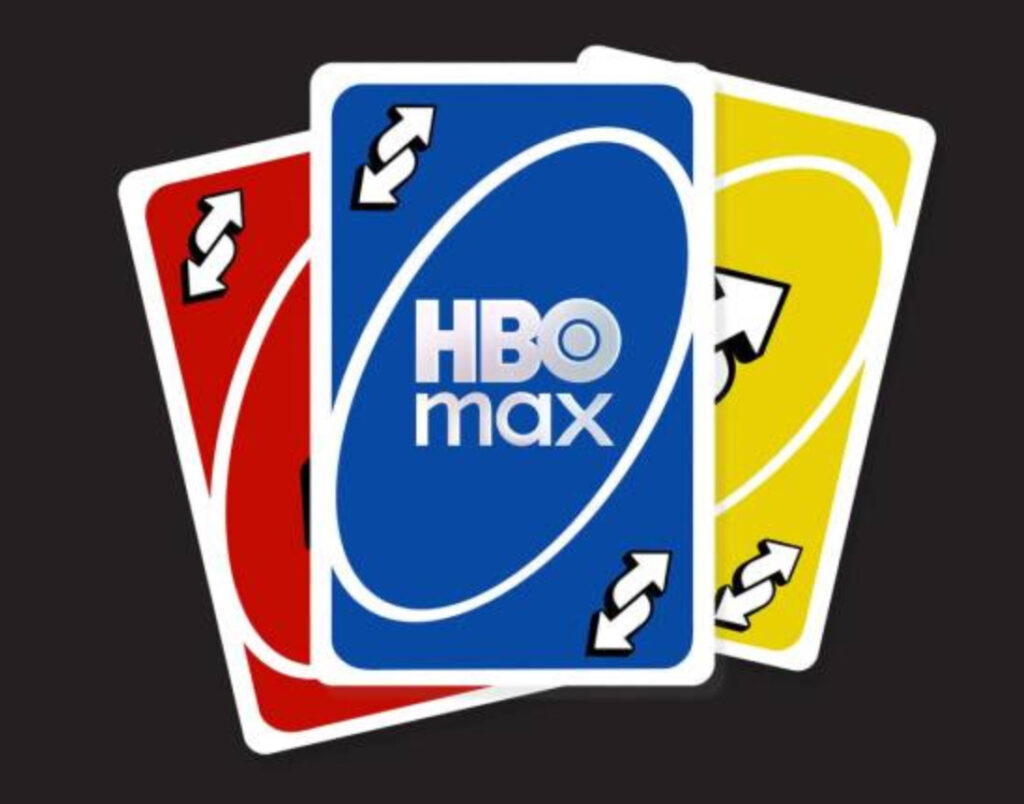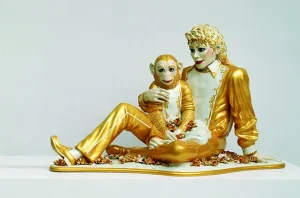In a moment that reads like corporate satire, Warner Bros. Discovery has pivoted hard—so hard, in fact, that it’s ending up exactly where it began. Just a year after stripping one of the most respected names in entertainment from its streaming service, the company has announced it is restoring the “HBO” in “HBO Max.” The name change, unveiled ahead of the company’s 2025 upfront presentation, signals more than just a branding reversal. It’s a confession—one that acknowledges the limits of corporate ambition, the myth of mass appeal, and the enduring weight of cultural capital in an overcrowded streaming world.
When Warner Bros. Discovery, under the leadership of CEO David Zaslav, dropped “HBO” from its platform branding in 2023, the move was pitched as expansive. The renamed service, simply “Max,” would be a home for everything: gritty prestige dramas, yes, but also true crime, cooking shows, and the ceaseless churn of lifestyle programming like My 600-lb Life, Naked and Afraid, and Fixer Upper. It was, in the words of Zaslav, an attempt to build “the broadest array of content available”—a streaming buffet designed to rival Netflix by offering something for everyone.
But it didn’t work.
From Crown Jewel to Generic Juggernaut
The problem wasn’t just aesthetic, though dropping “HBO” felt, even at the time, like discarding a royal title in favor of a blank badge. HBO meant something: it signaled rigor, risk, artful storytelling. In the age of peak TV, “HBO” had come to symbolize the best of what streaming could offer—series like Succession, Euphoria, Barry, and The Last of Us. These weren’t just popular; they were part of the cultural conversation, anchored in prestige and bolstered by a reputation earned over decades.
By lopping off the name, Warner Bros. Discovery attempted to subsume that legacy into a broader, less discriminating portfolio. HBO Max became just Max, a platform that offered The White Lotus next to 90 Day Fiancé. The rebrand wanted to erase the border between low and high, between scripted and unscripted, between the careful and the careless.
What followed was confusion. Marketing executives found themselves battling not just Netflix but the memory of HBO’s rigor. Users didn’t know what “Max” stood for. Worse yet, many of them stopped caring.
The Fallacy of the “One App to Rule Them All”
The “everything for everyone” strategy is the white whale of streaming. It assumes that by increasing volume—by stretching content thinner and wider—a platform can capture more users, more loyalty, more market share. And yet time and again, we see this logic collapse.
Netflix, the original monolith, is an instructive example. As it swelled its library with algorithmically generated sludge, critical reputation diminished. While it retains a commanding presence, it also suffers from a lack of clear identity. Apple TV+, in contrast, built slowly, choosing quality over volume, and has seen its brand perception rise. Even Disney+, for all its built-in fandom, has suffered from oversaturation and brand dilution as it attempted to grow beyond its core.
Zaslav’s initial play to create a content melting pot on Max—folding in Discovery’s library of reality television and lifestyle docuseries—may have made business sense on paper. But on screen, it looked like clutter. The platform became undistinguished. Prestige TV fans had less reason to stay. Reality junkies already had Discovery+ or YouTube. Nobody wins when you abandon the niche that built your reputation.
Culture Still Matters
The return of “HBO” is a rare case of corporate contrition. Warner Bros. Discovery is admitting that it overplayed its hand. And more importantly, it’s recognizing that brand identity—especially when it carries decades of cultural equity—is not something to be tossed for the sake of a broader tent.
This move coincides with another telling shift: a new emphasis on “quality over quantity.” It is a welcome, if belated, change in direction. Over the past two years, we’ve watched streamers greenlight and cancel with whiplash-inducing frequency, chase trends, and panic when algorithms didn’t produce viral hits. But now, the industry is rediscovering an old truth: good television takes time, patience, and intention. And it usually doesn’t come from treating content as bulk inventory.
HBO, for all its flaws and missteps, was built on that principle. Its greatest hits—from The Sopranos to Game of Thrones to Chernobyl—weren’t just “shows”; they were cultural events. They rewarded attention. They asked something of the viewer. And they elevated the idea of what television could be.
Acquisition
But this reversal is not just a streaming story. It’s also a sign of strain within Warner Bros. Discovery itself. When the merger was announced in 2022, it was hailed as a chance to combine the best of two content behemoths. But the resulting hybrid—high art meets reality show reel—has proven harder to fuse than imagined.
Analysts are now openly speculating that the merger may not be sustainable. Rumors of a Comcast/SpinCo-style restructuring are growing. It’s clear that the internal cultures of HBO and Discovery do not align neatly. One deals in auteur vision and scripted nuance; the other in repeatable formats and quick-turn spectacle. Trying to house them under one roof, without clear differentiation, has confused consumers and stifled momentum.
The HBO Max about-face may be the clearest indication yet that the merger has failed to achieve a unified identity. Instead of a synergistic empire, Warner Bros. Discovery may be becoming a cautionary tale about how not to marry prestige and populism.
Branding as Strategy, Not Cosmetic Fix
It would be easy to read the name change as a superficial adjustment—an effort to recapture market sentiment with a nostalgic flourish. But branding, in this context, is strategy. Names signal values. When Max stripped away “HBO,” it also stripped away trust, expectation, and identity. Restoring it is not just about optics; it’s a reorientation.
It also opens a window for HBO’s creative teams to reassert themselves. In recent years, their role within the larger Warner Bros. Discovery machine had seemed diminished. This change may give them more latitude to define what the platform stands for and reestablish the cadence of careful, art-driven programming.
The Future Isn’t Bigger—It’s Sharper
Streaming’s gold rush era is over. The platforms that thrive moving forward will not be the ones with the most content, but the ones with the most meaningful content. HBO Max’s return suggests a pivot toward sharpening identity rather than diluting it.
We may look back at this reversal not just as a marketing correction, but as a symbolic moment—when the entertainment industry finally realized that more isn’t better, and sameness isn’t strategy.
Warner Bros. Discovery gambled on bloat. It learned that appetite isn’t the same as hunger. And it now seems poised, however reluctantly, to rebuild around what made its platform vital in the first place.
Not the everything.
Just the best.
Impression
Sometimes, the only way out of a bad idea is to reverse it entirely. That’s what HBO Max’s resurrection represents—a public acknowledgment that trying to be all things to all people leaves you forgettable to most. It’s a reminder that identity, culture, and storytelling still matter—and that the most valuable brand in streaming wasn’t built in a boardroom. It was built over decades, one exceptional show at a time.
If Warner Bros. Discovery is serious about reclaiming that lineage, then this rebrand must be more than symbolic. It must be the first step in a deeper return to what made HBO a benchmark in the first place: vision, patience, and the belief that people will always make room in their lives for stories that matter.
No comments yet.








